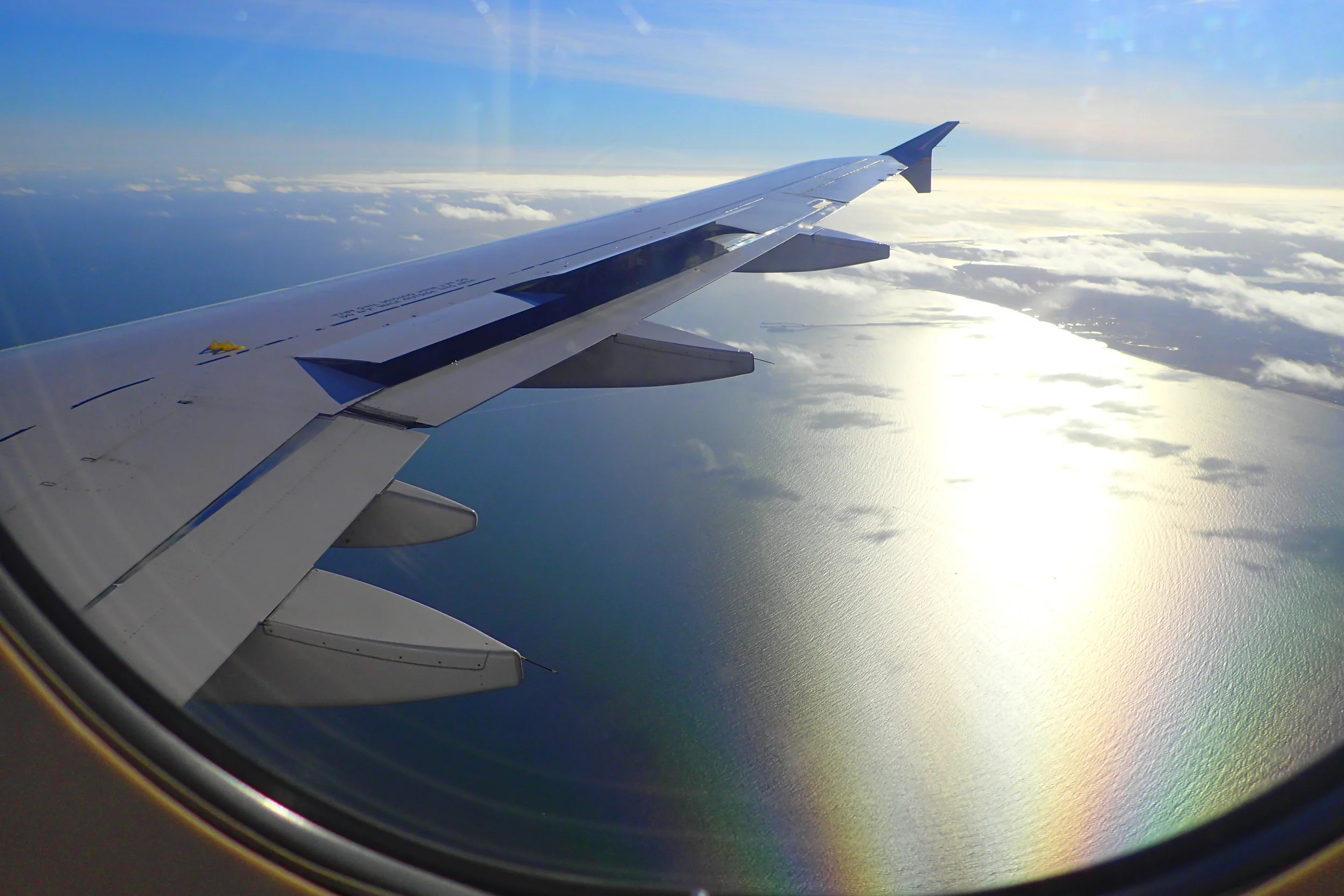I finally made it to Key West, Florida! I visited the Florida Keys back in summer 2016 and again in summer 2019. Both times, I didn’t make it as far as Key West, the last key in the coral cay archipelago off Southern Florida.
But on a long weekend in late September, Ivana and I made the drive there at the perfect time of day. We avoided all the traffic and spent 3 nights and 3 days exploring the area mainly by bicycle!
From planning the right snorkel trip to booking our accommodation near happening Duval Street, these are my recommendations for having the best time in Key West!
Back in January, I took a vacation for 9 nights to the beautiful, culturally rich Caribbean island country of Curaçao. Typically, a trip like this would cost at least $2,000 in hotel and airfare alone.
My trip cost me about $800 for everything. That included airfare, airbnb stay, car rental, trip insurance, car insurance, local SIM card, all food/meals, diving and snorkeling.
I made this happen through a combination of points, some careful budget planning, and a little luck. In this post, I share the breakdown of what I did to find these deals, including the breakdown of all the costs.
On day 4 of my African safari tour, I found myself bursting into tears and walking out of the Moholoholo Wildlife Rehabilitation Center. What upset me? It was a culmination of unethical animal practices that I saw, ending with the enslavement of cheetahs.
Yes, I said enslavement, and I'll tell you why I use that word in this post.
I have been very vocal on this blog about animal tourism around the world. There’s a lot that goes on that we don’t know about until we actually go there and see it. My hope is that this post sheds a bit of light on what is going on in South Africa, even at the best of the options among the various tourist attractions that exist.
Moholoholo does a lot of good for endangered African species. But, in my opinion, it has improvements to make. Either way, you can take in the information I provide and decide for yourself what’s right for you when you visit South Africa.
Happy New Year!
This year was amazing for travel—I fulfilled childhood dreams and pushed myself out of my comfort zone. It was a wonderful year for travel opportunities all around!
2018 was also a year that presented some challenges for me personally.
This blog is often a place for deep, personal reflection. I do it in most of my blog posts, but also intentionally through random life updates. I did this on a monthly basis during my extended trip 4 years ago (4 years ago, whaaat?!). Now, I only post updates about once a year around the new year. I love making the celebration of the new year into a time to look back and look ahead in a more intentional way. It's good for the heart, mind, and soul!
For this post, I look back on my travels this year, including my top 5 favorite travel experiences! I also share my reflections on life and personal growth behind all the travels. I do this mostly for me. But I know readers also appreciate the honesty and clarity about what's going on with me!
So here we go! This was 2018.
I started planning my trip to Africa when I was 6 years old. Okay, not exactly! I was 6 years old when I saw The Lion King. Since then, I’ve lusted after the country, eagerly awaiting the day I could go.
A great, low-cost trip does not always need advance planning. I planned this trip starting in late January of this year with the majority of the details worked out in March and April.
I don't make a ton of money working in higher education and I live in a high cost-of-living area. So I had to plan this out carefully according to a strict budget. I also had limited time off—about 18 days—to create an itinerary that would hit the highlights. In the end, I managed to cover flights, activities, accommodation, food, and more while keeping the cost under $3000.
You know how people say to "keep your money in different places" when you travel? You know, they say you should split it between your suitcase, your carry on, and even stuff some in your sock.
Well, turns out it's a DAMN GOOD IDEA! Even better, keep an entire wallet (with IDs and credit cards and money) separate from your other wallet. I did this and it saved me a huge hassle while traveling my second time to NOLA.
I also learned what happens when you don't have an ID to show the TSA at the airport. Apparently, this happens all the time and they have a simple procedure in place. Who knew?!
llo 2018! Has a whole year gone by already?
There is rarely a day that goes by that I'm not thinking about travel. I'm either reflecting on the travels I've done in the past or planning for new adventures in the future. This post is where I share those musings.
This year was rough for a lot of Americans, politically speaking. I also found it to be oddly inspiring. Who knew a president so vile could bring together so many like-minded folks both stateside and abroad? Protesting during my travels is inevitably a part of my favorite moments from 2017.
As for 2018—who knows what's next, really! Travel seems to pop up spontaneously for me these days. But there is one big trip I am planning for. And I'm about to spill the beans!
I kept hearing about the "most dangerous" and "most popular" hike in Zion. Angel's Landing is beautiful, thrilling, and inevitably crowded.
I woke up at 4AM to hit the trail solo at 6AM. I drove into the park from my Airbnb in St. George, Utah, and managed to be one of the first to the top!
I am so happy I planned this way. So I want to tell you how to plan similarly! In this Q&A-style post, I describe my entire experience. I explain everything including when to go and how dangerous it is. Then you can decide if it's a hike you'd like to do, too!
There's nothing like a National Park introduction that challenges you. Erin and I were about to embark on our second National Park and second hike of the day. Little did we know, we were about to face many difficulties on top of our exhaustion.
In this post, I outline some of these difficulties. This shows that sometimes planning ahead is necessary. There are some stunning views and features to see on this hike. We got to admire much of it, but we missed other parts and could have enjoyed it even more.
Now we are better informed—and you can be, too!
Before I traveled to Oahu, I did something I hadn't done since my trip to Iceland in 2014. I made a map. And I am super excited to share this map with you all! Why A Map? Because it's a thorough, visual guide to things to do on the island of Oahu. A few weeks before my departure, I perused the internet for the most epic hikes, the prettiest beaches, the top dive and snorkel locations, the most interesting cultural attractions, and the best local foods to eat. This map includes all of the places I found that I thought were worthy to check out. Even if I ran out of time to do it all, it's all there. There are nearly 100 activities listed. I certainly did not have time to do it all, but I did do A LOT. So allow this map to be an introduction of what I will be covering in my upcoming posts about my trip to Oahu.
I was so delusional last summer. I had a 4-day weekend off from work and Jono was visiting me here in New York. "I'll take him to Niagara falls on independence day weekend," I thought. "What could go wrong?" I thought. Rule number one for travelers who want to avoid crowds, long lines, and over-spending is to never visit popular destinations and landmarks on a holiday. And the last thing you want to do is pay for a tour at such a time. In all the traveling I did abroad, you would think I would not have made such a rookie mistake—in my own state of New York! Alas, I did. And that’s how I was reminded of the consequences when you do not deviate the norm. Warning: I’m going to rant about how awful the tourism industry can be in this post. Get ready for it.
In travel or in life, there is a plus side to every failure. That is the lesson I learned from my failed attempts to see alligators with Jono while visiting the Florida Everglades.
This post has 4 failures describing why I did not get to see any alligators in southern Florida. Some of the reasons were beyond my control while others were absolutely my fault.
If your mission is to see alligators, make sure you do not do what I did and learn from my mistakes!
The is an unedited interview I did in 2015 with Ronny from Israeli magazine, Masa Acher (meaning, "A Different Journey").
I have been reflecting a lot on my "settled" life lately. Next Monday marks one full year that I have been back in the United States and exactly 6 months at my full-time job living in a new location.
There was a time last year when I was decidedly happy with my constant "deviation" as a traveler. Since returning to the States, I have found similar happiness in a full-time job, my own place to live, and the acquiring of "things" again. In short, my life no longer fits in my backpack and it's starting to resemble much of what I originally deviated from when I hopped on a plane to Iceland in 2014.
So, am I still "deviating the norm?" Or have I fallen back in line with the sheep? Have I sold my soul for conformity and given up on the nomadic lifestyle? I've been asking myself this question a lot lately. And I found my answer buried in an interview I did over a year ago with Israeli magazine, Masa Acher.
Following from Part 1, this part of the guide to deciding where to travel goes a bit deeper. Actually, it turns the conversation from the outer, external components to your decision and focuses your attention inward.
This post is more specifically for the worriers. The people who have a bit of fear about travel will benefit from this post whether they are worried about getting lost in an unfamiliar place or about not enjoying themselves as much as they thought they would.
This is your guide to the personal considerations when deciding on your travel destination(s).
One of the hardest parts of travel is deciding where to go in the first place. When the world is so enormous and the destinations so numerous, it feels like we'll never see it all. In truth, we most likely won't see it all. So we are left with picking and choosing what we can manage in one lifetime.
If you're like me, you like to be as informed as possible when making any decision. So for the thinkers, the planners, the people who used to be indecisive but now they are not so sure, this post is for you. This is your guide to the practical considerations for making the most informed decision possible about choosing your travel destination(s).
I have an update: I started a new job this week—yay! And there's even more to celebrate: This week marks 6 months that I have been back in the United States! In all of my blogging and reading other people’s travel blogs, I rarely hear people write about the adaptation back into the job market after an extended period of travel. So I've decided to write about it in this post.
I will in no way sugar coat this: Job hunting post-travel is not easy. To give yourself the best possible chance of returning to a job, I will share in this post the tricks I used before, during, and after nearly 2 years of travel without official employment. These tricks include thinking carefully about your reasons for traveling, staying connected to your contacts along the way, and having a "product" to show for your absence.
Once I landed back in New York, I did like all New Yorkers do: I hit the ground running. I began flitting around the city, catching up with old friends, and eating my favorite American foods. Then I shot upstate to spend time with my family and reacquaint myself with American consumer culture.
In this post, I'll give you a fast-paced run-through of my arrival back in New York. But then I'll slow it down a bit, as it wasn't until I was tucked away in upstate New York that the full impact of my travels settled in.
Inevitably, I returned with knowledge of languages, cultures, people, and foods that have all become a part of my every day thoughts. Most importantly, I have returned with the challenge of integrating lessons from my travels with my lifestyle back home. During my travels, I learned how to resist planning ahead and allow my innermost wants to guide me. Now it's time to apply these same lessons to the chapter ahead.
The best way to avoid roaming charges and other heightened fees for talk, text, and data overseas is to use a local SIM card at your destination. SIM cards give you access to a local phone number and the plans are usually pretty cheap, e.g. $10-$30 for 30 days.
Many people opt to use Wi-Fi while they are abroad. This is certainly an option to consider—especially if you're only going to be at your destination for a few days. But even for those few days, you may want to consider a local SIM card for some of the benefits it offers.
I used local SIM cards in most of the countries to which I traveled during my 15 month trip around the world. Along the way, I learned a lot about when it is and is not a good idea to get one and what to do to make life easier when setting up and using a SIM card abroad.
I had finally arrived at my last destination abroad before returning to the USA: Tokyo, Japan. At 6:35am, I got off my connecting flight from Bangkok with a clear mission. I was going to spend the next several hours shopping in Tokyo.
I would need to minimize my time spent on public transportation in order to maximize the time I had between my flights.
Although I felt a bit rushed at times, I think I did a pretty good job planning my day. In 9 hours time, I managed to find out where to drop my luggage, board the right trains to get to the optimal shopping neighborhoods, and find the stores that would carry gifts for my game-loving, anime-loving family members back home.

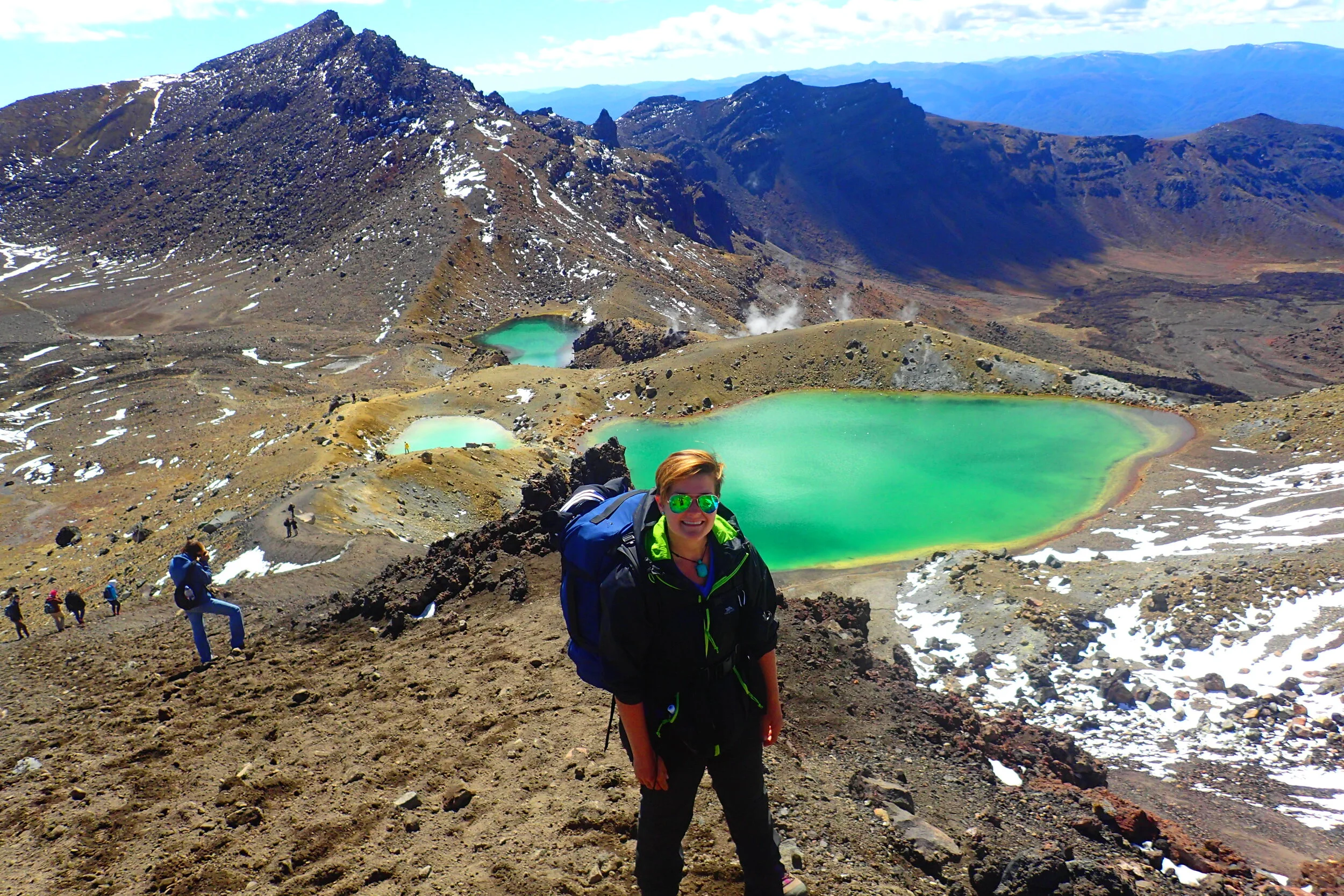


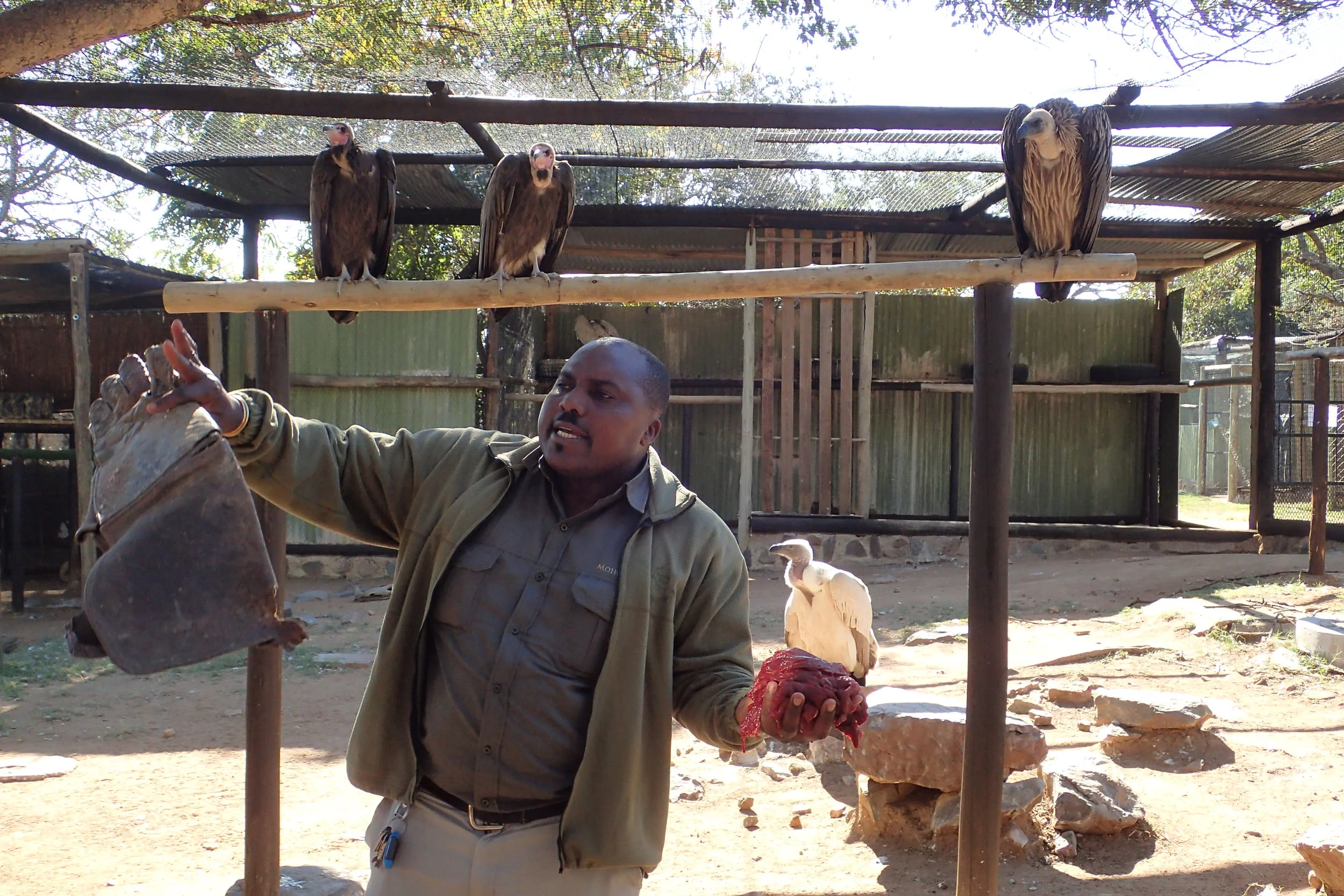







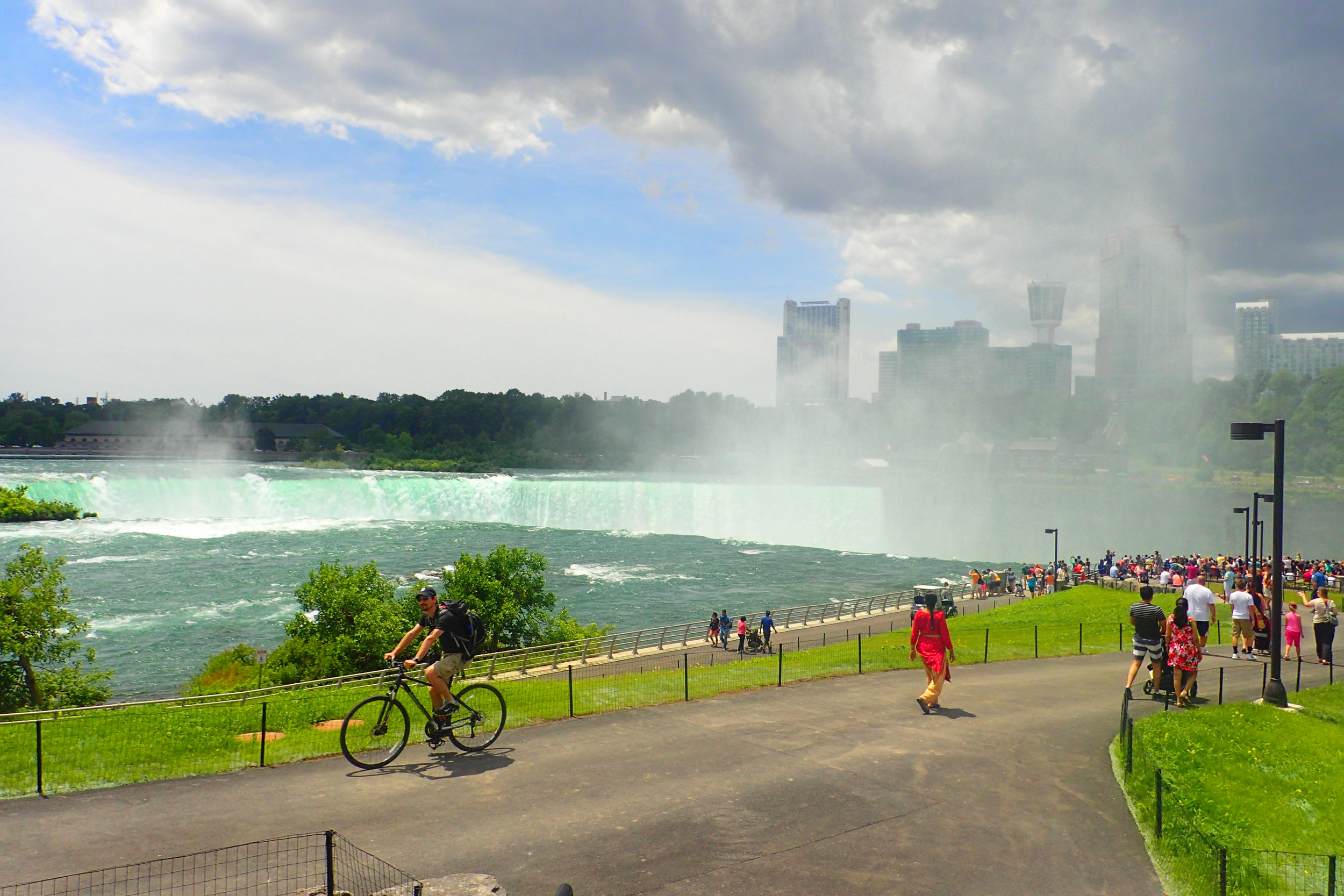
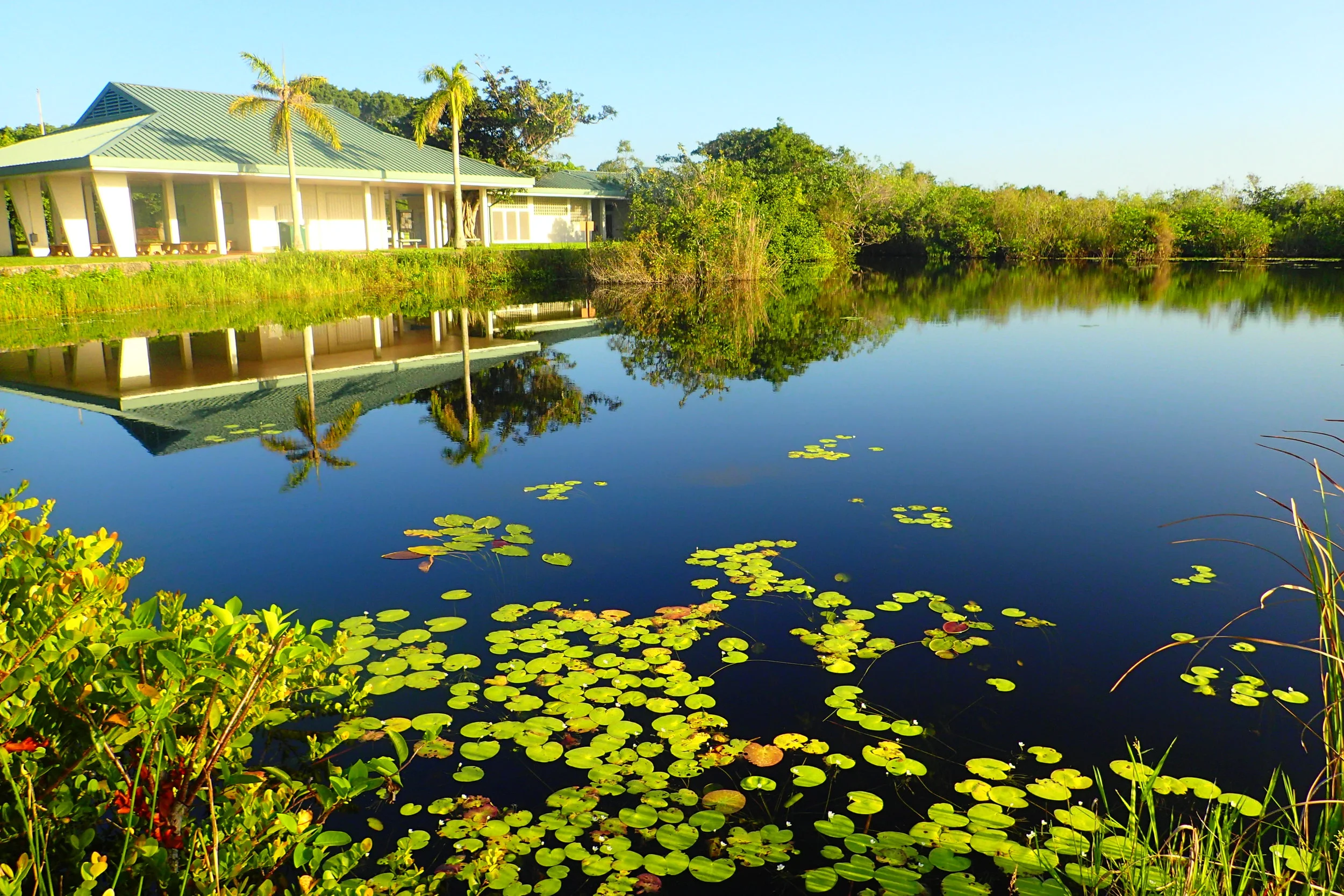
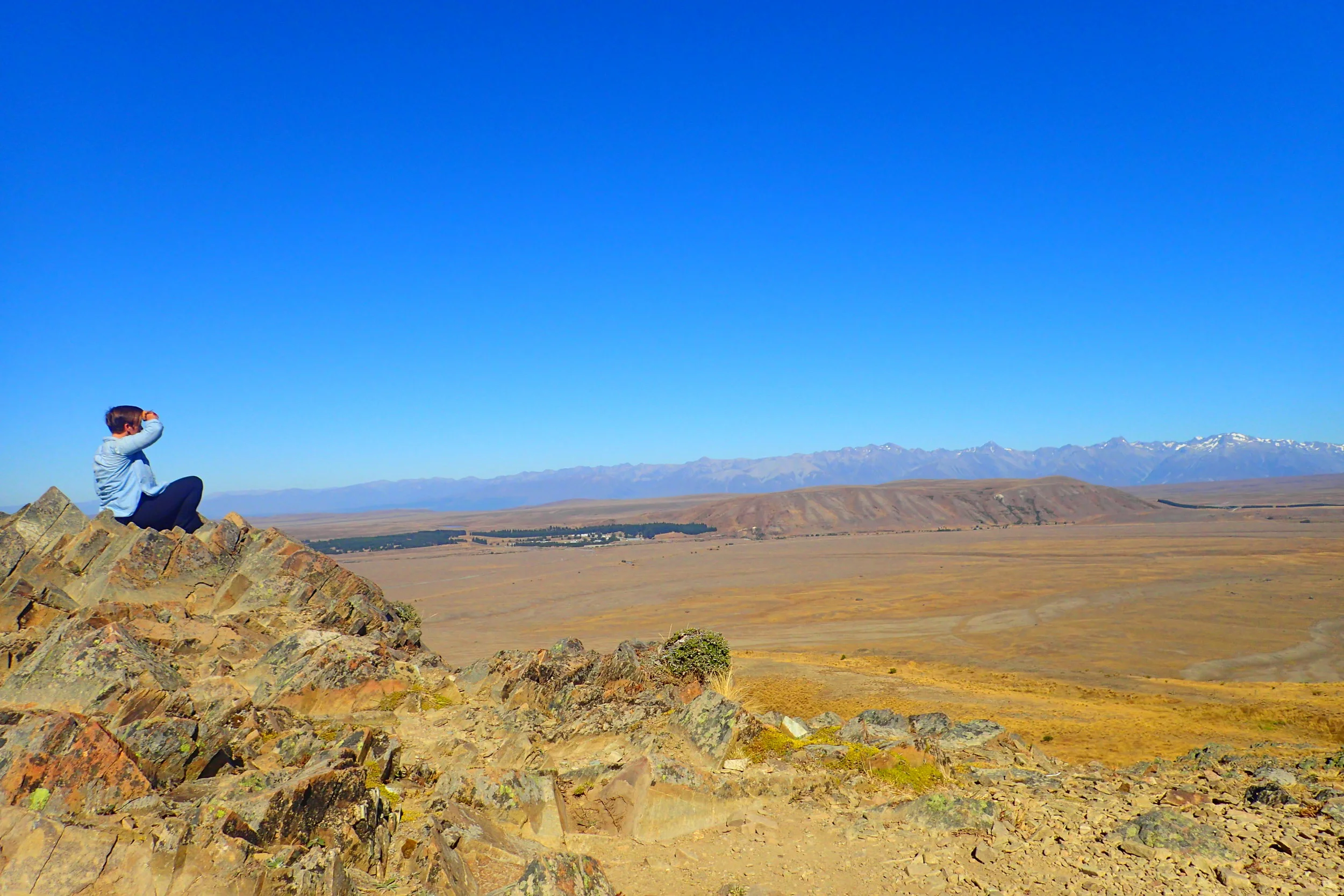

![How to Decide Where to Travel: The Personal Deviation [Part 2 of 2]](https://images.squarespace-cdn.com/content/v1/53b6ec86e4b09a1fb529c6b8/1466135190761-45GJ3BS24CRTNTICK4IR/P2187235.JPG)
![How to Decide Where to Travel: The Practical Deviation [Part 1 of 2]](https://images.squarespace-cdn.com/content/v1/53b6ec86e4b09a1fb529c6b8/1466133761153-CUY4HZLHS84OSN9FG0LT/P4239036.JPG)

